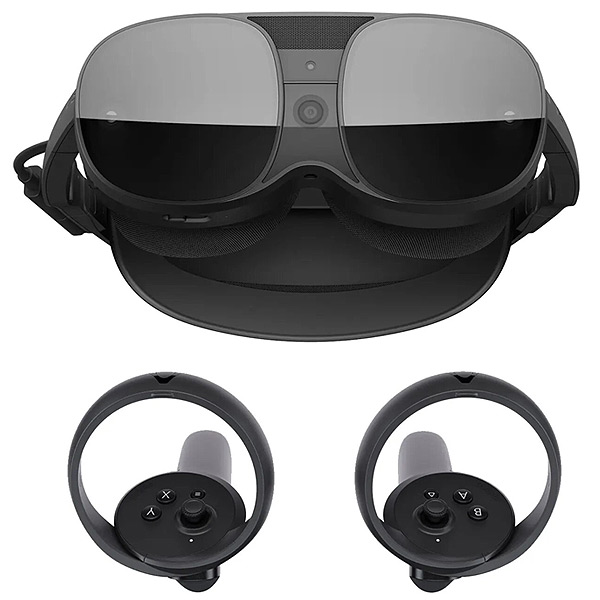The HTC Vive XR Elite has arrived on the virtual reality scene, promising to redefine the boundaries of immersive technology. As a standalone, high-end PC VR headset, it boasts impressive specifications that catch the eye. However, in a market dominated by the Meta Quest 2, does this new contender have what it takes to justify its premium price tag ? Let’s dive into the details and explore what makes the Vive XR Elite tick.
Table of Contents
Design and comfort : A lightweight marvel
One of the most striking features of the HTC Vive XR Elite is its remarkably lightweight design. Weighing in at just 614 grams with the battery attached, this headset is a breath of fresh air in the VR world. The weight distribution between the front and back is well-balanced, ensuring that it doesn’t put undue pressure on your nose or face.
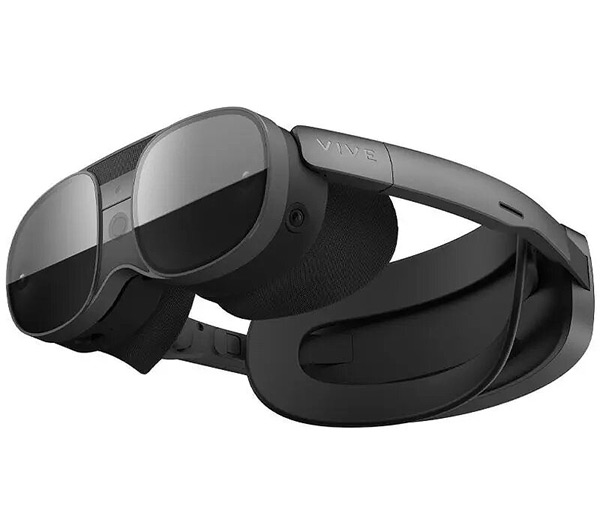
The comfort factor is further enhanced by the headset’s non-intrusive cooling system, which expels heat through the top. This clever design allows for extended wear without discomfort. As someone who’s spent countless hours testing VR headsets, I can attest to the importance of comfort during long gaming sessions.
However, it’s worth noting that the convertible form factor, while innovative, has its drawbacks. When used without the battery and attached directly to a PC, the weight drops to a mere 260 grams. But this configuration requires the use of glasses-like attachments that can be uncomfortable for some users, myself included.
The HTC Vive XR Elite’s lightweight design is a game-changer, but the convertible form factor may not suit everyone.
Performance and display : A mixed bag
When it comes to performance, the Vive XR Elite presents a complex picture. The headset boasts an impressive resolution of 3840 x 1920 (1920 x 1920 per eye), which should theoretically provide crystal-clear visuals. However, in practice, the experience is somewhat marred by the presence of a screendoor effect around the periphery of the display.
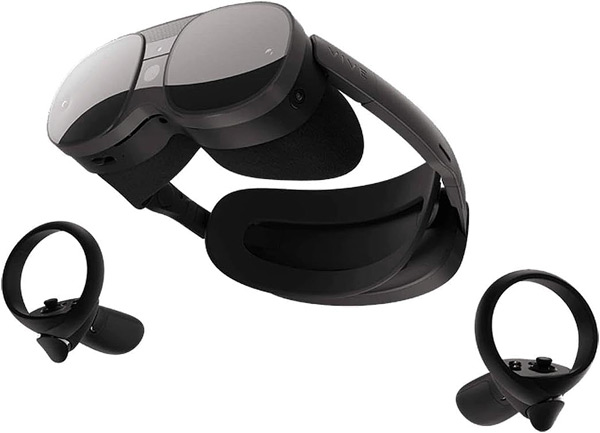
The refresh rate is capped at 90Hz, which may disappoint some VR enthusiasts accustomed to higher rates. This limitation can lead to a trailing effect during fast-paced movements, potentially causing discomfort or motion sickness for some users. During my testing, I found that extended sessions in high-intensity games like Half-Life : Alyx could induce mild nausea, which is unusual for me.
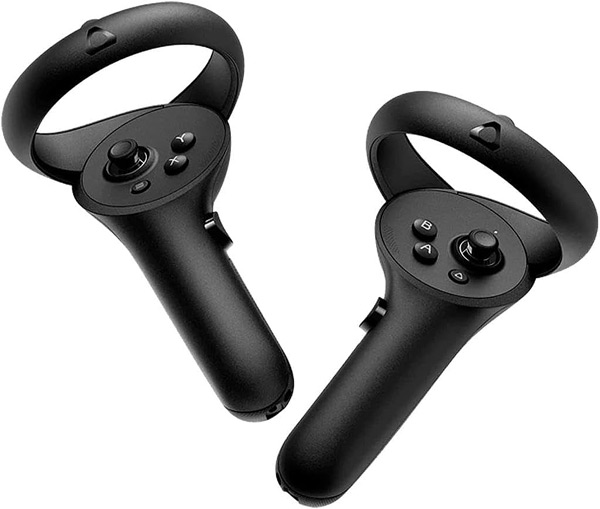
On the bright side, the inside-out tracking system eliminates the need for external base stations, simplifying setup and enhancing portability. However, the accuracy of the tracking, particularly for finger movements, leaves something to be desired. This can impact the precision of your interactions in VR environments, potentially affecting gameplay and immersion.
| Feature | Specification |
|---|---|
| Display | LCD |
| Resolution | 3840 x 1920 (1920 x 1920 per eye) |
| Refresh Rate | 90Hz |
| Field of View | ~110 degrees |
Battery life and connectivity : Portability at a cost
The HTC Vive XR Elite’s focus on portability is evident in its design, but this comes with some trade-offs. The battery life is rated at 2 hours, but in real-world gaming scenarios, I found it closer to one and a half hours. This falls short of the Meta Quest 2’s battery life by about 30 minutes, which can be significant for longer VR sessions.
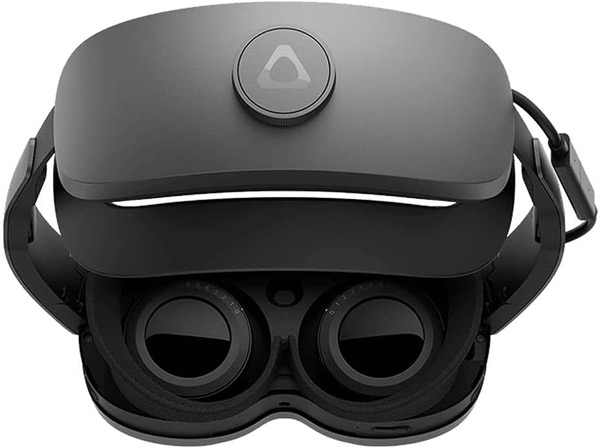
Connectivity options are versatile, with the ability to use the headset wirelessly or tethered to a PC. The wireless streaming setup is remarkably straightforward, a feature I particularly appreciate as someone who values ease of use. However, the included USB Type-C to Type-C cable is disappointingly short for PC tethering, and HTC recommends purchasing a separate USB 3.2 Gen 2 Vive streaming cable for optimal performance.
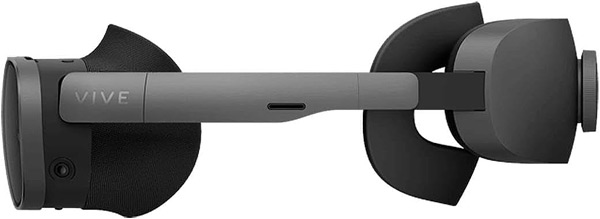
It’s worth noting that the controllers, while functional, have some quirks. I experienced occasional issues with one controller turning on randomly, even when not in use. This could potentially drain the battery faster than expected.
The Vive XR Elite’s portability is a double-edged sword, offering flexibility at the cost of battery life.
Value proposition and market position
The elephant in the room when discussing the HTC Vive XR Elite is its price point. At $1,099 / £1,299, it’s more than two and a half times the cost of the Meta Quest 2. This significant price difference raises questions about the value proposition of the Vive XR Elite, especially when considering its performance relative to more affordable options.
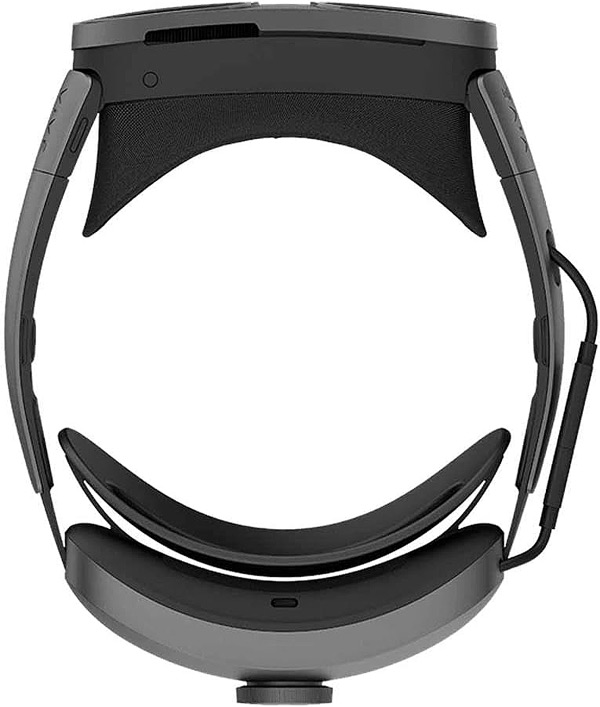
While the Vive XR Elite does offer some unique features, such as its lightweight design and XR functionality with vivid passthrough, it’s hard to justify the premium price for many PC gamers. The tracking issues and lower refresh rate may be dealbreakers for those seeking a high-end VR experience.
In the US market, the Vive XR Elite is slightly more affordable than its sibling, the HTC Vive Pro 2, which retails at $1,399. However, in the UK, where both headsets are priced similarly, the Vive Pro 2 might be a more attractive option for those willing to invest in a premium VR experience, thanks to its superior display and higher refresh rate.
HTC Vive XR Elite video review
Final thoughts on the HTC Vive XR Elite
After spending considerable time with the HTC Vive XR Elite, I find myself with mixed feelings. As a VR enthusiast who’s been exploring virtual worlds for years, I can appreciate the innovative approach HTC has taken with this headset. Its lightweight design and focus on portability are commendable, and the ease of setup is a definite plus.
However, when considering the overall package, especially in light of its premium price tag, it’s difficult to wholeheartedly recommend the Vive XR Elite to all VR users. While it excels in certain areas, its performance in crucial aspects like tracking accuracy and refresh rate falls short of expectations for a high-end device.
We appreciate :
- Extremely lightweight and comfortable design
- Easy setup with no base stations required
- Vivid passthrough for XR functionality
- Versatile connectivity options
- Non-intrusive cooling system
We don’t like :
- High price point compared to competitors
- Sub-par finger tracking accuracy
- Lower refresh rate leading to potential motion sickness
- Short battery life for gaming sessions
- Uncomfortable convertible form factor
In conclusion, the HTC Vive XR Elite represents a bold step forward in VR headset design, but it may not be the right choice for everyone. For those who prioritize comfort and portability and are willing to pay a premium, it could be a compelling option. However, for most PC gamers and VR enthusiasts, the value proposition might not be strong enough to justify the investment, especially when more affordable alternatives offer comparable or better performance in key areas.
